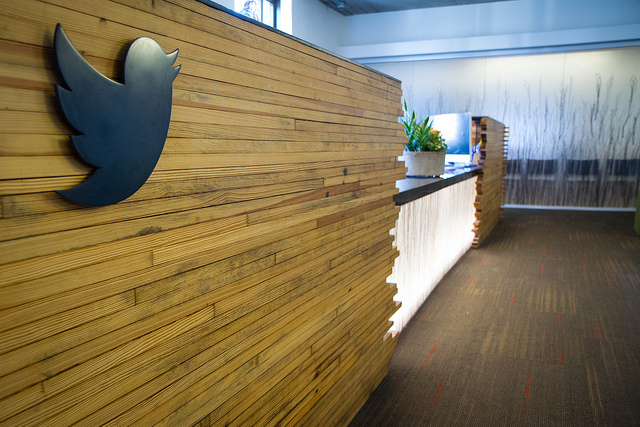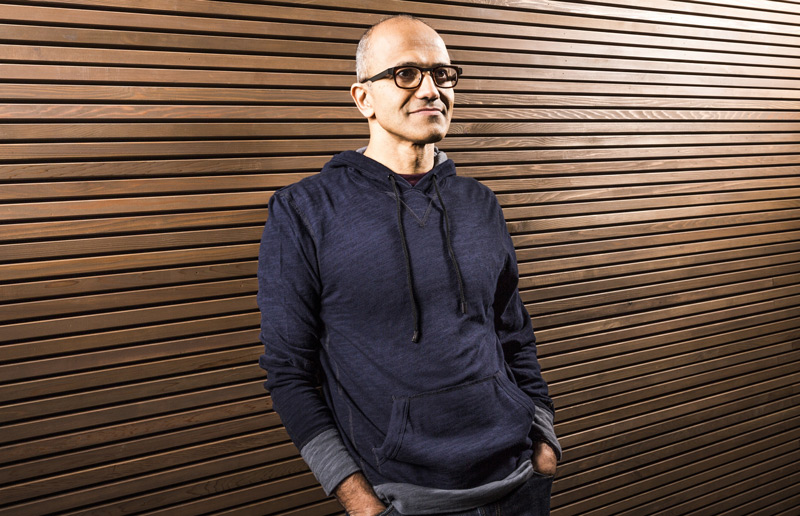We need to rethink how we measure performance in the workplace says Andrew Lafontaine, Senior Director Human Capital Managemet Strategy & Transformation at Oracle Australia.
As business adapts to a changing society and mobile technologies, one of the questions facing managers is the mismatch between the Millennial generation and those GenX and Boomers who make up most of the executive suite, Lafontaine sees this as been in how the younger cohort approaches authority.
“There certainly can be a disconnect between Millennials and boomers. Millennials don’t see hierarchy the way boomers see it as important,” says Lafontaine. “Boomers have ingrained view of the way they have come through the workforce.”
Breaking the old rules
Unfortunately for those older managers, their world was based on a formalised, ‘straight line’ hierarchy dating back to the days ships’ captains used flags and voice tubes to communicate.
That rigid military style worked well for nearly two hundred years of business with mail and then the telephone only reinforcing that management model. Now newer collaboration tools mean different ways of working becoming possible.
A problem with those different ways of working in teams is how performance is measured warns Lafontaine. “What they are not measuring at the moment are what I call ‘network performance’. How workers they helping their colleagues, collaborating and working together.”
Separating home and office
With mobile technologies becoming ubiquitous it becomes harder to separate work from home life, “we working now from home and on the tram. You don’t need a nine to five workforce nad companies have to deal with and embrace the technology,” says Lafontaine.
In the context of babyboomers and GenX workers, that technology meant longer hours in the office but Lafontaine suggests things are now changing. “There other areas to measure. How are they looking after themselves? The days of babyboomers working 12 or 14 hours a day and neglecting their health or outside life are over.”
For the future company, the key to success lies in engaging their employees Lafontaine says. “A more highly engaged workforce delivers better outcomes. Engagement is the three S’s: Stay, Say and Strive”
Those S’s come down to three questions for the worker; should I stay? What should I say? and How should I strive to do a better job?
For managers the challenge is engage all workers regardless of age, the task of finding what engages and motivates workers of the computer generation is only just beginning.




